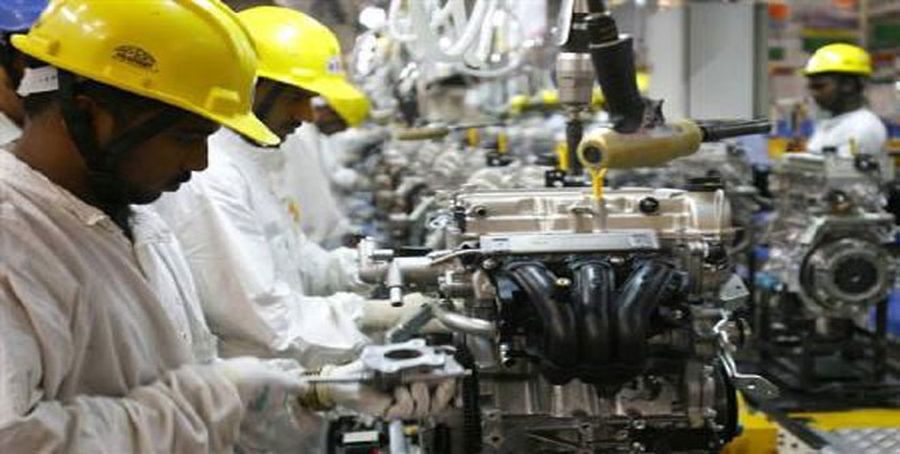Slump in industrial output
July 13, 2017 | Expert Insights

For the first time in three months, India’s industrial output growth slumped to 1.7% in May. This is down 3.1% from April and 7.3% from a year ago.
The reason for this decline has been attributed to underperformance of mining and manufacturing sectors.
Background
Industrial output is based on raw volume of goods produced by firms such as factories, mines and electric utilities on a monthly basis. Along with agriculture and services sectors, a country’s industrial production plays a key role in its economy. Experts use these numbers as indicators of the economic activity of a country’s business landscape
The manufacturing sector in India drastically changed post its economic liberalisation in the 1990s. From 1994 to 2017, the industrial production in India has averaged 6.61%. In February 2009, it touched record low of -7.20% and it was the highest in November 2006 with an output growth of 20%.
The current decline of India’s industrial output is particularly troubling as the country was gearing itself on this sector. The Prime Minister Narendra Modi has actively advanced the ‘Make in India’ campaign during many of his official overseas trips.
Analysis
After the government of India introduced demonetization of ₹500 and ₹1,000 banknotes in November of 2016, the industrial output growth saw a minor slump. According to data, industrial production contracted 0.4% year-on-year in December 2016. By January 2017, the index of industrial production (IIP) had risen by 2.7%.
As per the data released by the Central Statistics Office, the capital goods segment shrunk by 3.9% compared to 13.9% recorded in May 2016. This is a key indicator of investments. The manufacturing sector also saw a steep decline. It has slowed down to 1.2% when compared to 8.6% from the same month from a year ago. Not all sectors have declined however. Electricity generation rose by 8.7% compared to 6.1% growth that was witnessed in the same month from the previous year.
Assessment
Our assessment is that if the downturn continues, then it will adversely affect the investments India is looking to attract through its Make in India campaign. This slump however, can push the Reserve Bank of India to cut interest rates. This has been something that the government has been advocating with RBI to attract private investment. It remains to be seen if RBI’s policy review, to be held next month, will provide some relief to the industry.








Comments